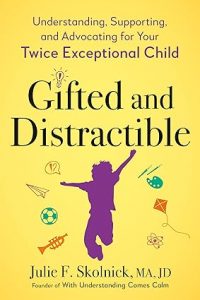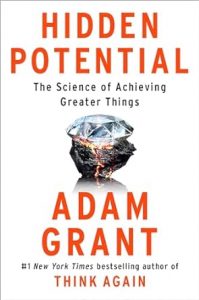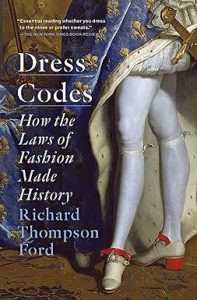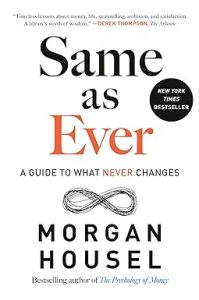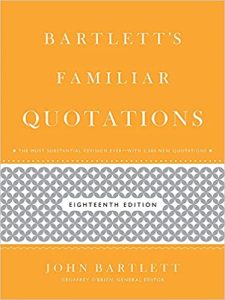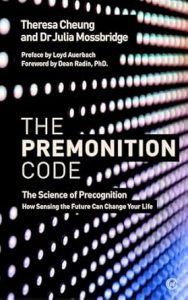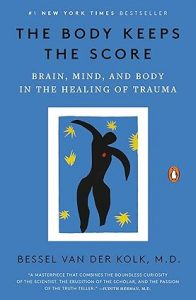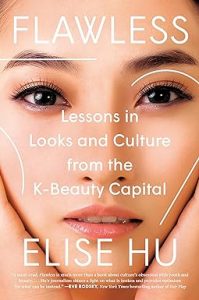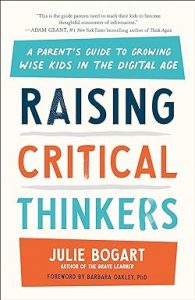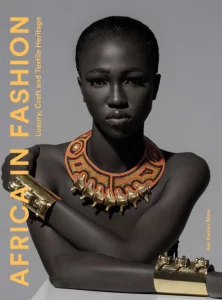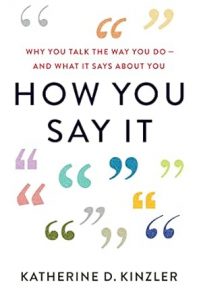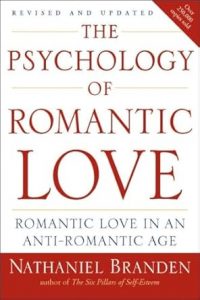Black Chameleon
₦20,000.00Growing up as a Black girl in America, Deborah D.E.E.P. Mouton yearned for stories she could connect to―true ones, of course, but also fables and mythologies that could help explain both the world and her place in it. Greek and Roman myths felt as dusty and foreign as ancient ruins, and tales by Black authors were often rooted too far in the past, a continent away.
Mouton’s memoir is a praise song and an elegy for Black womanhood. She tells her own story while remixing myths and drawing on traditions from all over the world: mothers literally grow eyes in the backs of their heads, children dust the childhood off their bodies, and women come to love the wildness of the hair they once tried to tame. With a poet’s gift for lyricism and poignancy, Mouton reflects on her childhood as the daughter of a preacher and a harsh but loving mother, living in the world as a Black woman whose love is all too often coupled with danger, and finally learning to be a mother to another Black girl in America.
Of the moment yet timeless, playful but incendiary, Mouton has staked out new territory in the memoir form.


